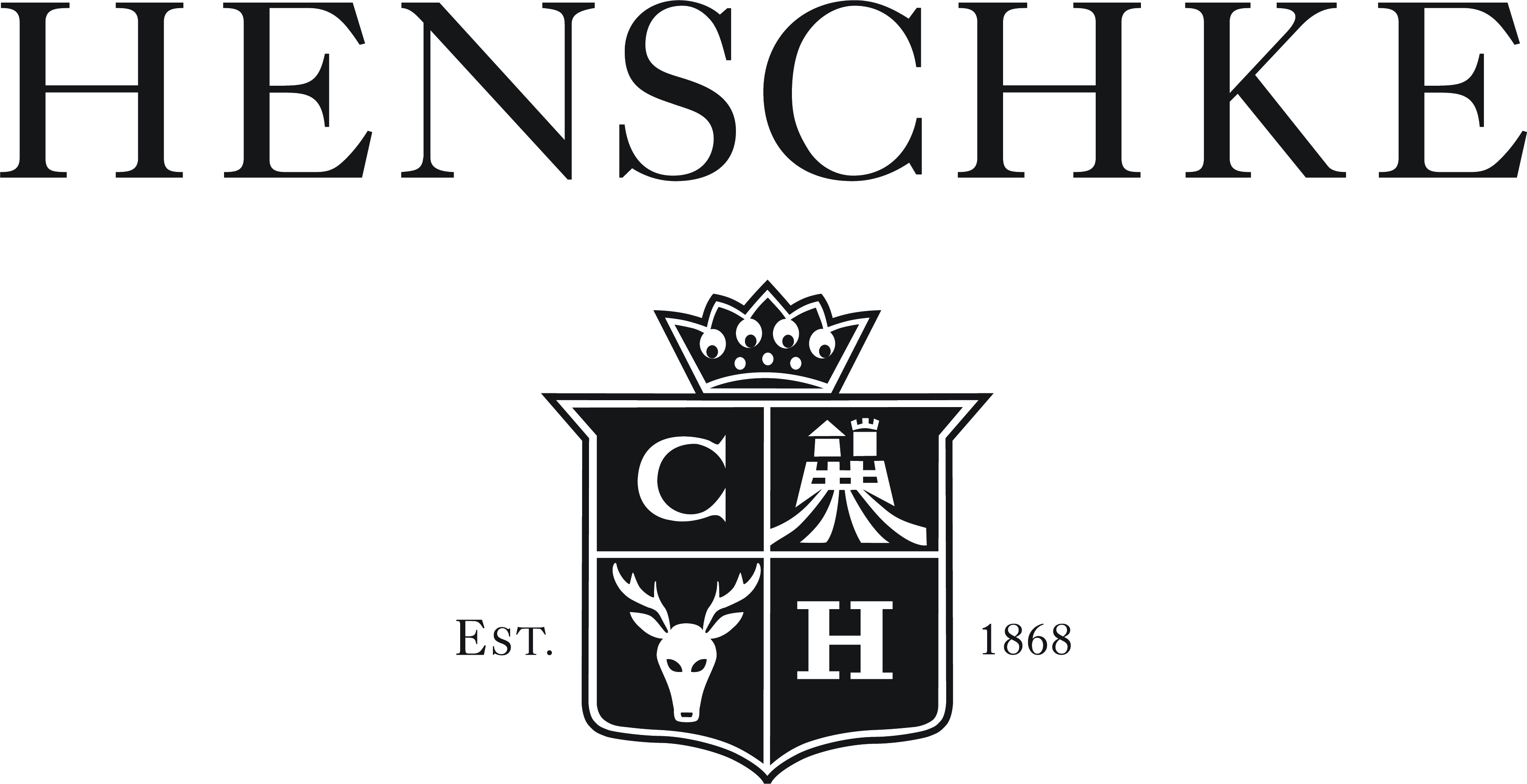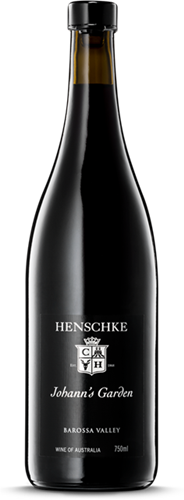Henschke, `Johann's Garden` Barossa Valley Grenache/Mataro/Shiraz


Vintage: 2019
| Vintage | Product Code | Format | Closure | Availability |
|---|---|---|---|---|
| 2019 | HE505B19 | 6 x 75 | Screwcap | Available |
Producer
The Henschke family have made wine at their estate in the Eden Valley since 1868, with fifth-generation winemaker Stephen Henschke taking over in 1979. Together with his viticulturist wife, Prue, they have built upon their inheritance, transforming this traditional producer into one that is celebrated worldwide. Their two flagship single vineyards wines, ‘Hill of Grace’ and ‘Mount Edelstone’, have become two of Australia’s most acclaimed.
Henschke own three vineyards in the Eden Valley and one in the Adelaide Hills, all of which are farmed in line with biodynamic principles. Prue’s pioneering work in the vineyard cannot be underestimated. Over the past 50 years she has worked tirelessly, vine by vine, to improve the health of the vineyards through meticulous soil management and reintroducing native plants to promote biodiversity.
In 2024 Prue became the inaugural inductee into the James Halliday Hall of Fame, the highest honour bestowed by Halliday Wine Companion: “Prue Henschke is someone who could easily have won Viticulturist of the Year, in any ‘competition’ around the world, every year. She could because every year she leaves her world that little bit healthier, and that little bit better. If the ‘Hill of Grace’ vineyard could talk, you’d reckon that it would thank the world and perhaps even the Lord for bestowing the force-of-nature that is Prue Henschke upon it.” In 2025, Stephen was honoured with the IMW’s Winemaker’s Winemaker Award which recognises outstanding winemaking achievement. Stephen was lauded as “a true custodian of Australia’s fine wine heritage and a pioneer in shaping its future.”
The eight-hectare ‘Hill of Grace’ vineyard, first planted in 1860, is situated in the historic village of Parrot Hill, four kilometres northwest of Henschke Cellars. Though originally purchased by second-generation Paul Gotthard Henschke in 1891, it was not until 1958 that fourth-generation winemaker Cyril Henschke made the first single vineyard Shiraz bottling from its grapes. Cyril then purchased the nearby 16-hectare ‘Mount Edelstone’ vineyard in 1974, from which he had already been buying fruit and making ‘Mount Edelstone’ Shiraz for over 20 years.
For the revered single vineyard wines, the 2021 vintage has been hailed as the standout of the decade and promises to be remembered for wines of complexity with exceptional varietal expression, balance and purity. Renowned expert on Australian wine, Andrew Caillard MW, suggested that the 2021 vintage was “heaven sent” and would be remembered as one of the most spectacular in recent memory.
Vineyards
Named as a tribute to the early German Silesian pioneers of the Barossa, many of whom carried the first name of Johann. Barossa growers traditionally referred to their vineyard as their ‘garden’, from the German 'weingarten'. Their traditions and culture have survived to this day, including the winemaking techniques used in this Grenache-led blend. This wine was first made in 1996 from low-yielding parcels of Grenache, Mataro and Shiraz, although this blend changes from vintage to vintage. In 2019, fruit came from a combination of gnarled, dry-grown bush and trellised vines, all at least 70 years old, on limestone soils from selected vineyards in the Barossa Valley.
Vintage
Vintage 2019 shaped up to be a challenging one, with below-average yields, however the quality was very high, with beautiful expressions of varietal character and generally good balance and structure. A dry winter, spring and summer with warmer than average temperatures in January and February led to the advancement of maturity of all grape varieties in the Barossa Valley and an early onset of vintage.
Vinification
Each parcel was hand picked separately and remained so throughout the vinification process. Once in the winery, the best grapes were selected using a sorting table, before being destemmed and lightly crushed, either into small concrete or stainless steel open-top fermenters. A submerged cap was performed in order to manage a slow tannin extraction. Punch-downs and pump-overs were performed twice daily, allowing the liquid to be cooled via a heat-exchanger, with air being introduced on the return to the fermenter. After 7-10 days, the fermentations were gently pressed to barrel with the primary fermentation finishing in seasoned French oak barriques and hogshead barrels. The wine matured for 10 months before blending and bottling.
Tasting Notes & Technical Details
This wine is bright ruby in colour, with complex aromas of ripe blue plum, blueberry, raspberry and violets. There are notes of charcuterie, nutmeg and black pepper, with undertones of lemongrass and turmeric. A rich and supple medium-bodied palate with flavours of raspberry and baked plum. Fine-grained tannins complement the long, polished finish.
Alcohol (ABV)
14.5%
Acidity
6.36 g/l
pH
3.4
Awards
Silver
Decanter World Wine Awards 2022